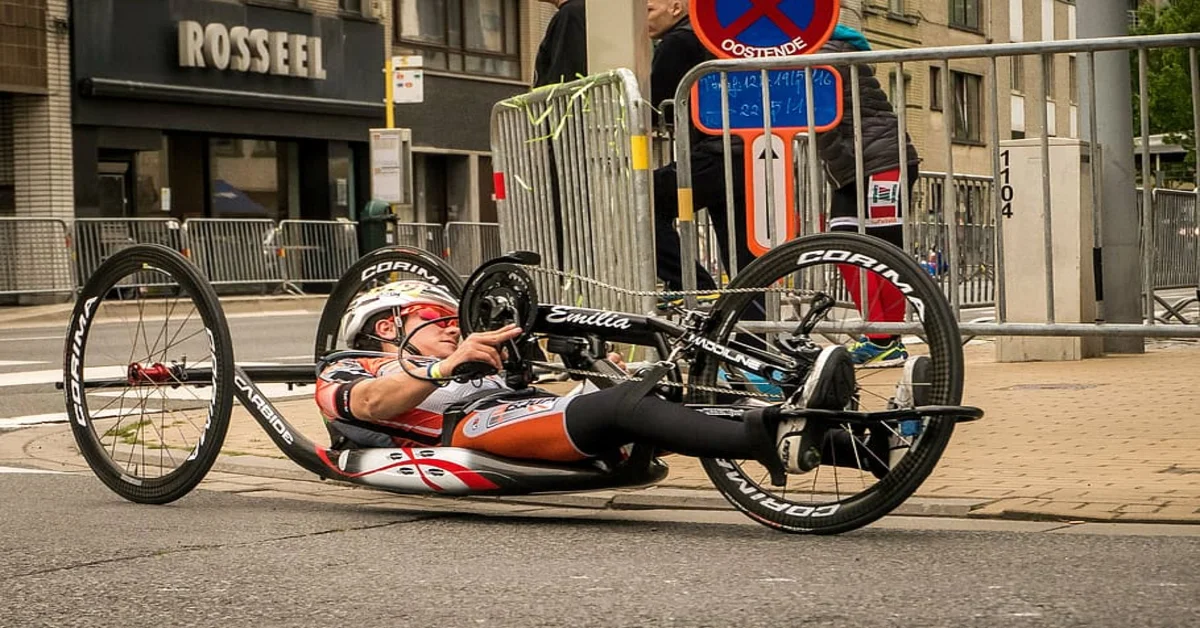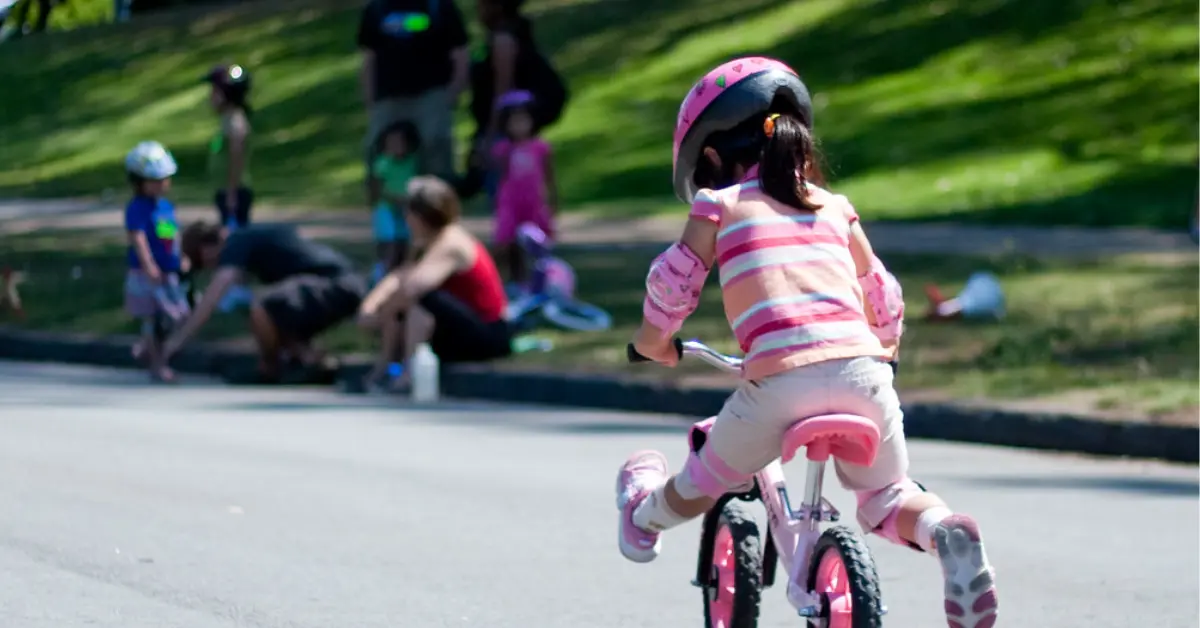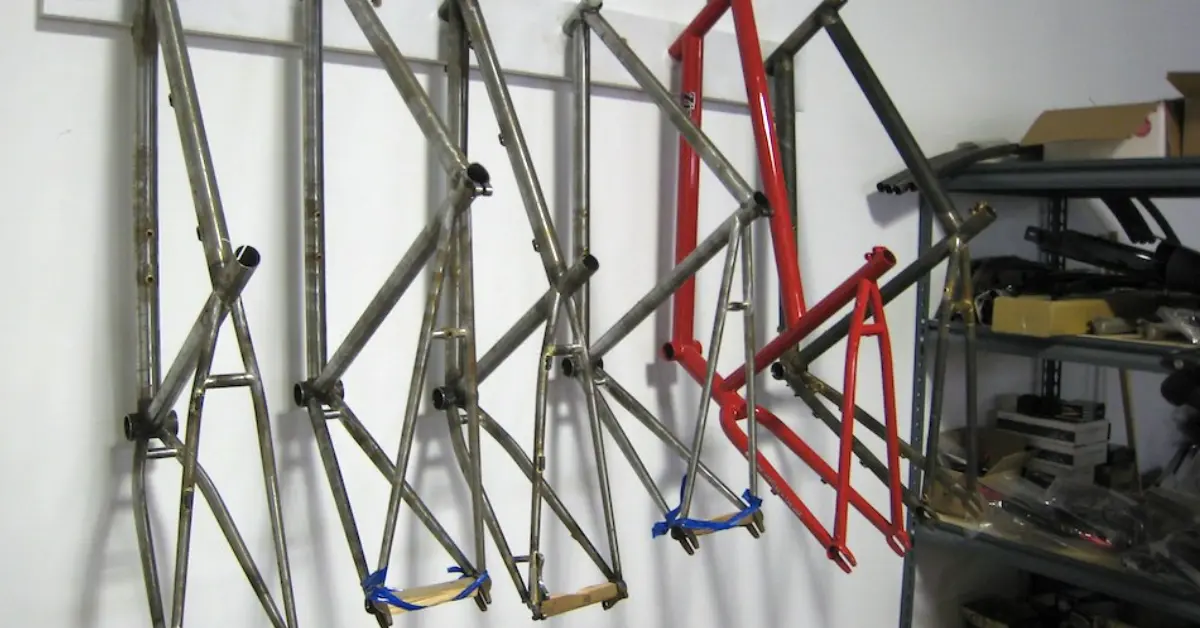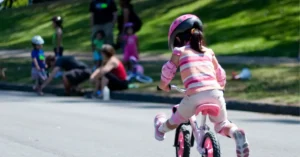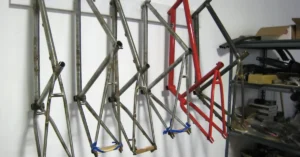Are you looking to get free bikes for disabled adults? Such bikes are different from regular ones and are specifically built to cater to the needs of the handicapped. There are multiple initiatives that support this cause, offering free adaptive bicycles.
That said, let’s dig deeper into some ways of accessing disability trikes for adults without spending a single penny. At the same time, we will also shed some light on 3 bike models that make a suitable choice for this purpose. Let’s start!
Table of Contents
ToggleWhat is a Special Needs Bike?

A handicap bike, also referred to as an adaptive bike or special needs bike, is a specialized type of bicycle designed to cater to individuals with various disabilities or mobility limitations.
These adaptive bikes for special needs adults are carefully crafted to provide a safe, comfortable, and enjoyable cycling experience for people who may face challenges in using a standard bicycle. And they come in a wide range of designs and configurations, each tailored to address specific needs.
Some common types of handicap bikes include:
1. Tricycles (Trikes)
These bikes have three wheels instead of two, offering increased stability for individuals who may struggle with balance. They are suitable for those with mobility impairments, coordination difficulties, or individuals who have never learned to ride a standard bike.
2. Handcycles
Handcycles are propelled using the rider’s arms instead of their legs. These bikes are ideal for individuals with lower limb disabilities or paralysis, enabling them to experience the thrill of cycling by using their upper body strength.
3. Recumbent Bikes
Recumbent special needs bikes and trikes have a reclined seating position, which can be beneficial for individuals with back or balance issues. This design provides additional comfort and support, making cycling more accessible.
4. Tandem Bikes
These bikes allow two riders to cycle together. They can be customized to accommodate a person with a disability as the stoker (rear rider) while the front rider provides steering and control.
5. Side-by-Side Bikes
Such bikes have two seats positioned side by side, allowing a rider with a disability to enjoy cycling alongside a companion who assists with steering and pedaling.
These bikes not only promote physical activity and recreation but also offer psychological benefits by fostering a sense of independence and freedom. They can be used for leisurely rides, therapy, or even competitive events.
Where Can You Find Free Bikes For Disabled Adults?
Before we dig further into reviewing the best bikes for handicapped adults, let’s discuss where it’s possible to find them for free.
1. Fundraising Events
The basic intent of such programs is to help disabled individuals access resources for their needs. Typically, these are organized to provide medical supplies, but many other reasons also exist.
Many NGOs are involved in this activity. One such example is the GIVE 5 Everybody Wins program arranged by Program Mobility: Cycle for Life. Through this, people can get bikes for disabled children that cater to their special needs.
2. Non-Profit Organizations
Welfare organizations that work for the well-being of humanity also offer free adaptive bicycles to deserving ones. In general, these entities receive massive funds because of their commitment to a particular cause. A few examples to discuss include:
- Churches
- Public charities
- Volunteer service organizations
- Governmental agencies
One charity program run by such an organization is called Adaptive Biketown, based in Portland.
3. Local Disability Support Organizations
Next up, you can also get in touch with local disability support centers in your area. Usually, they have programs, partnerships, or initiatives offering free bikes for disabled adults.
However, there’s a particular application process that you must go through before getting the cycle. Moreover, they also employ special criteria to ensure that only deserving one gets it.
4. Community Center
Every area has a local community center that runs in collaboration with government agencies and may offer assistance for disabled individuals in multiple forms. You can contact them to inquire about any ongoing charity that might provide free bikes for disabled adults.
5. Online Resources
You can also leverage the power of the internet for this purpose. Social media platforms like Facebook, Instagram, and Twitter might have groups or pages specifically dedicated to disability support. You can ask for recommendations and potential leads about where to find bicycles for special needs.
6. Donation Centers
Last but not least, many shops collect donated bicycles and refurbish them for those in need. Reaching out to such thrift stores will potentially help you get free bicycles or those at discounted rates.
3 Best Tricycles For Adults with Disabilities
1. The Mobo Cruiser Recumbent Bike

The Mobo Cruiser Recumbent Bike stands out as an exceptional option for disabled adults who are seeking an accessible and enjoyable outdoor riding experience. With its thoughtful features, this bike offers a comfortable and safe ride for people facing any type of mobility issue.
To begin with, the seats have cushioned back support to alleviate strain on the lower back while riding. And since the bike’s center of gravity is low, it offers excellent stability. In turn, disabled adults can easily maintain balance on smooth terrains without putting in any extra effort.
Moving forward, this bike comprises an extendable frame accommodating riders with a height range between 3′ 8” to 5′ 2” inches. This way, disabled adults of varying heights can properly fit within the frame for an efficient pedaling experience.
When it comes to steering this bike, the unique rear wheel system really stands out with its hand-eye coordination approach. Moreover, only simple hand movements are needed to operate it, thus becoming a suitable choice for those who have limited mobility.
Pros
- Easy to control and stop, facilitated by caliper handbrakes
- Hi-ten steel frame ensures top-notch durability of the bicycle
- It can hold up to 200 lbs of weight easily
Cons
- Bike assembly can be a bit difficult, and may require professional assistance
2. Mobo Mity Sport Safe Tricycle

When it comes to offering bicycles for disabled people, Mobo is a brand that really stands out. And it’s really evident in the bike models it has got to offer. The Mobo Mity Sport Safe is basically a big wheel ride-on trike consisting of features that cater to the needs of special individuals.
Just like our first pick, this bicycle also facilitates a low center of gravity, reducing the risk of tipping over. The offered stability really makes bicycle riding a breeze for those with mobility limitations.
One attribute of this trike that really makes it stand out is the dual-joystick rear steering capability that promotes smooth maneuverability with simple hand movements. So those with issues in moving their legs can easily control the bike!
Pros
- Cushioned seat offering a comfortable ride
- Chainless design
- Easy to brake
Cons
- The initial cost is higher
3. Hauck Lightning Pedal Go Kart

Last but not least, we have Hauck Lightning Pedal Go Kart, which offers a realistic driving experience for disabled adults. The best part about this bike is that it strikes a perfect balance between performance and style.
This bike’s race-inspired design gives it a cool look, while the 3-point steering system allows high responsiveness and quick turning. This contributes to better maneuverability and overall control during the ride.
When it comes to safety, this bike stands out with an 8-ball pool-style hand brake that helps regulate speed and provides controlled stopping power.
Pros
- Easy to assemble
- Pedal-powered design, no batteries required
- Adjustable seating
Cons
- Age and size limitations
Can I Modify a Normal Bike into Adaptive Bike For Special Needs?
Modifying a standard bike to create a handicap or adaptive bike can be a viable option in certain situations. But it requires careful consideration and expertise to ensure both safety and functionality. Here’s a more detailed explanation:
1. Assessment of Needs
Before making any modifications, it’s crucial to thoroughly assess the specific needs and abilities of the rider. This might involve consulting with a medical professional, an occupational therapist, or an adaptive cycling specialist. Understanding the rider’s limitations and goals is essential to determine the appropriate modifications.
2. Expert Guidance
Modifying a standard bike involves making changes to its structure, components, or design. This can range from adding stability-enhancing features to adapting the bike for different propulsion methods.
Due to the complexity of these modifications, it’s strongly recommended to seek guidance from professionals experienced in adaptive cycling. These experts can offer valuable insights and ensure that modifications are safe and effective.
3. Customization
Modifications may include adding stabilizing wheels, custom seating arrangements, hand pedals, foot straps, or other adaptations that cater to the rider’s specific needs. Customization should focus on improving comfort, balance, and control while addressing any mobility challenges.
4. Compatibility
It’s important to ensure that modifications are compatible with the bike’s frame, components, and overall structure. Making substantial changes without considering these factors could compromise the integrity and safety of adaptive bicycles for adults.
5. Safety Considerations
Safety should always be the top priority. Modifications should enhance the bike’s stability and control, not compromise it. Expert input can help identify potential risks and ensure that modifications don’t create new safety hazards.
6. Trial and Testing
After modifications are made, it’s essential to thoroughly test the bike in a controlled environment before taking it on the road or other challenging terrains. This allows for adjustments and refinements to be made as needed.
7. Ongoing Maintenance
Modified bikes might require more frequent maintenance due to the changes made. Regular checks and adjustments are necessary to ensure that the bike remains safe and functional over time.
8. Legal and Regulatory Considerations
Depending on your location, there might be legal and regulatory requirements for modified bikes. Consulting with local authorities or cycling organizations can help you understand any legal obligations.
9. Cost and Investment
Modifying a standard bike can involve costs associated with materials, labor, and expert consultations. It’s important to budget for these expenses and consider the overall investment.
10. Alternative Options
If modifying a standard bike proves to be too challenging or costly, exploring adaptive bikes for special needs designed by experts might be a more suitable option.
Read More: Why Are Specialized Bikes So Expensive – 5 Reasons to Know
Wrapping Up
So that was all about how to get free bikes for disabled adults, along with some valuable information that’s worth knowing. We have also listed 3 best bikes for this purpose, so you can select the one for your needs and budget! Besides that, many welfare programs and communities offer free bikes for disabled adults.
FAQs
Who can benefit from using a handicap bike?
Handicap bikes are designed for individuals with various disabilities or mobility limitations, including those with balance issues, lower limb disabilities, coordination difficulties, or paralysis. They cater to a wide range of needs to enable people to enjoy cycling regardless of their physical challenges.
How are special needs tricycles customized?
Adaptive bikes can be customized with features like extra stability, specialized seating, harnesses, and adapted pedals. These modifications are tailored to the specific needs of the rider to ensure a comfortable and safe cycling experience.
Can children with disabilities use special needs balance bike?
Yes, handicap bikes are available for both adults and children. There are models designed to accommodate children with various disabilities, allowing them to experience the joy of cycling and outdoor activities.
Are adaptive bikes only for leisure riding?
No, these bikes serve a variety of purposes. While they are often used for leisurely rides, they can also be used for physical therapy, rehabilitation, and even competitive events. Some individuals use them as a mode of transportation for short distances.

